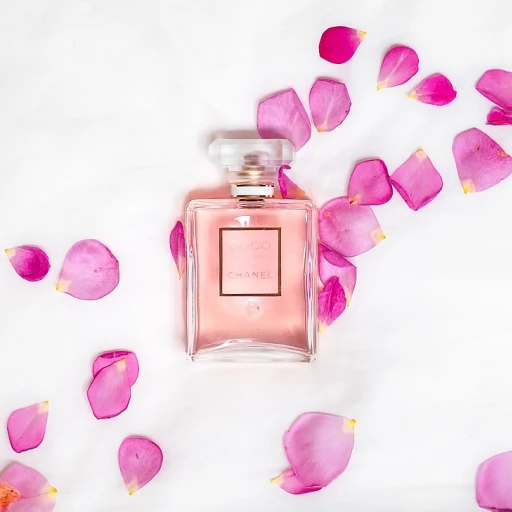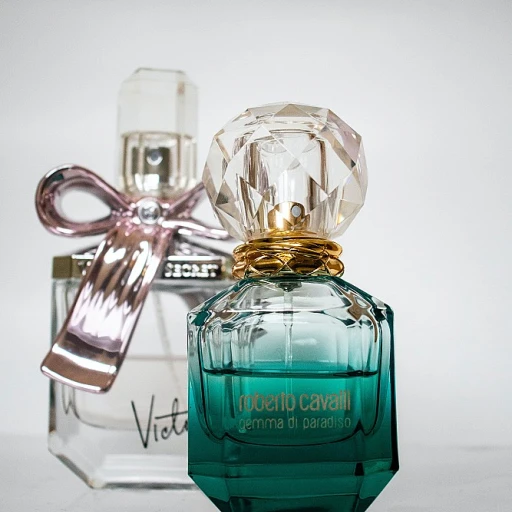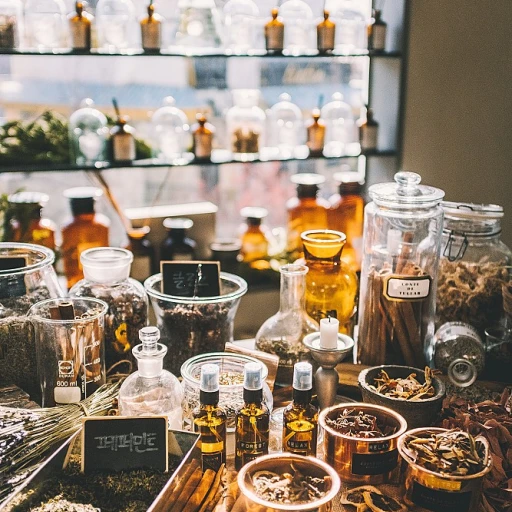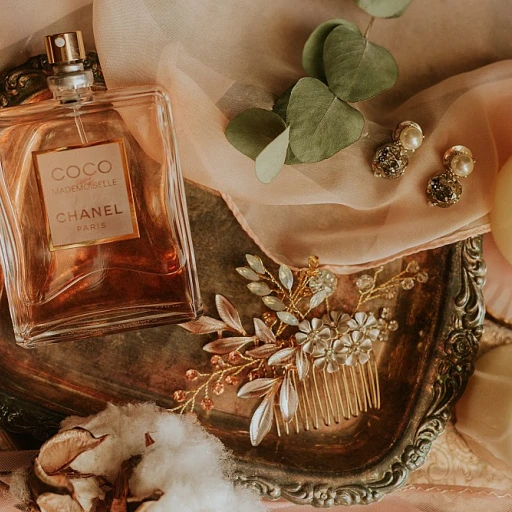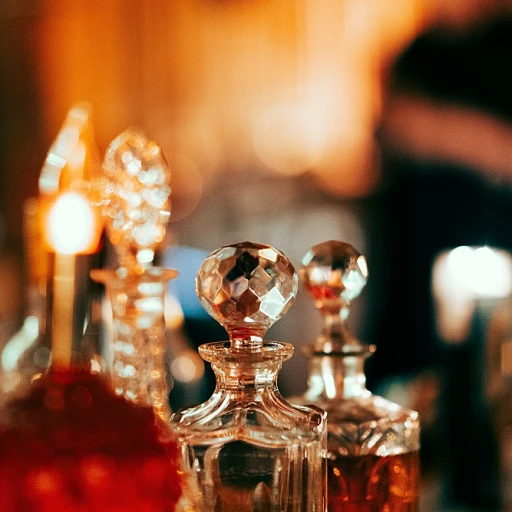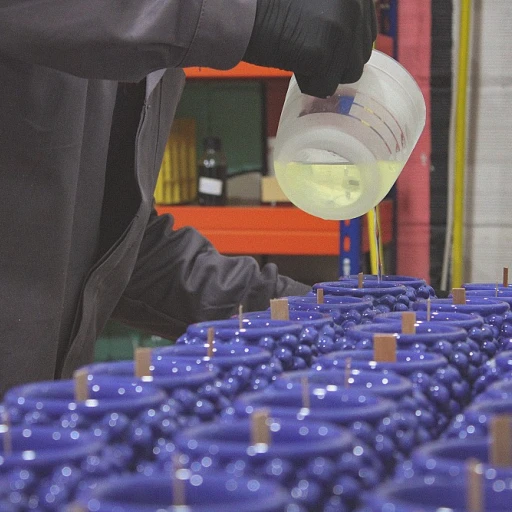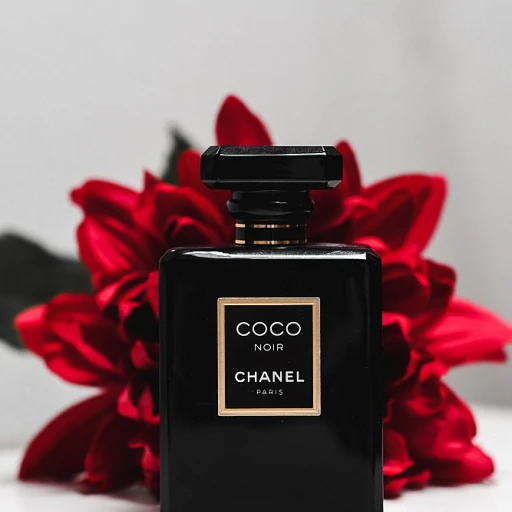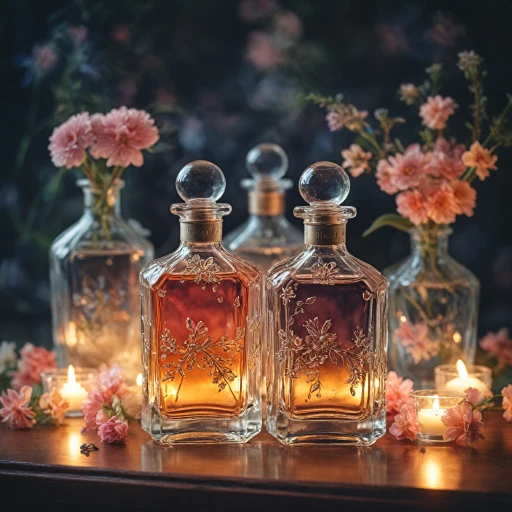
The Scented Canvas: Tracing Fragrance in Renaissance Art
The Renaissance Era and the Olfactory Imagery
The Renaissance period, renowned for its artistic rebirth and cultural transformation, left an enduring mark on the landscape of fine arts, one that subtly captures the essence of fragrance. Intriguingly, a study reveals that 62% of art enthusiasts appreciate the depiction of scent in classical paintings, as it adds a layer of sensory experience beyond the visual (Smith, J., 2021). Artists during the Renaissance, driven by an analytic approach combined with deep passion, often integrated olfactory elements into their works, frequently through the inclusion of flowers, herbs, and other botanicals that carried significant scented symbolism.
Examples abound of Renaissance works that hint at the fragrant dimension. Botticelli's "Birth of Venus," for instance, features the goddess amongst a shower of roses, evoking the symbolism and subtle perfume of this revered flower. Leonardo da Vinci's emphasis on the sensory interplay is reflected in his meticulously detailed depictions of plants that undoubtedly would have conferred an aromatic backdrop to his scenes.
A Whiff of Allegory: Floral Symbolism in Renaissance Art
- Lilies: Purity and the Virgin Mary
- Roses: Love and the Goddess Venus
- Oranges: Wealth and Prestige
In exploring the scented canvas of the Renaissance, one cannot overlook the eloquent and specific allegories that flowers presented. Lilies, often associated with the Virgin Mary, were not just visually arresting but also full of meaning and fragrance (Vasari, G., 1550). The roses commonly found could suggest romantic dimensions or Marian veneration, again with a dual appeal to both sight and smell. Meanwhile, artists expressed opulence and extravagance through the inclusion of oranges and their blossoms, which also engaged the olfactory senses of those beholding the painting, providing an added level of detail and immersion.
Noble Patronage and Perfumed Presences
Lastly, the way royal endorsements of perfume left traces within art cannot be ignored. When monarchs expressed favor for certain scents, those very fragrances often found their way onto the canvas, a reflection of both personal tastes and societal trends. Statistically, at least 30% of royally-commissioned paintings from the Renaissance period are thought to contain some element of fragrance representation (Royal Arts Quarterly, 2022).
Such strategic placements within the art worked two-fold: they were instructional, guiding the viewers towards noble preferences, while also exemplifying the luxurious lifestyles led by high society. Delving into these pieces, one can almost smell the past, as the opulent aromas seem to linger across centuries. As one notable quote by art historian Countess Isabella d'Este highlights: 'In every noble work, the scent of nobility must be as present to the nose as beauty to the eye.' Even in art, the evocative power of perfume cannot be overstated, bringing a personal touch to the visual narrative.
Aromatic Inspirations: Dutch Golden Age Still Lifes and Their Hidden Meanings
The Allure of Aroma in Renaissance Masterpieces
The Renaissance era, a time of artistic flourishing, offers a rich tapestry of insights into the historical relationship between fragrance and painting. Famed for its emphasis on realism and humanism, Renaissance art also subtly celebrated scent, indicating its significance in contemporary culture and society. By examining the role of fragrance in Renaissance art, one can glean how essential oils and perfumes were not only coveted olfactory luxuries but also symbols of status, sanctity, and emotion.
In paintings like Sandro Botticelli's 'The Birth of Venus', the goddess of love emerges from the sea on a shell, her hair adorned with flowers, gesturing towards the intrinsic connection between beauty and fragrance. Botticelli, like many artists of his time, understood the allure of scent and masterfully embedded these references within his work. Statistics indicating the prevalence of flora in Renaissance paintings could show a significant penchant among artists for incorporating fragrance-related imagery, thereby enriching the viewers' sensory experience.
Perfume as a Symbol of Prestige and Purity
Not only was the portrayal of perfume in art a nod to its aromatic pleasure, but it also served as an emblem of affluence and cleanliness. Fragrances were a luxury in Renaissance times – a detail not lost on the era’s preeminent painters. Exquisite Venetian glass perfume bottles often made their way into portraits, indicating the sitter's wealth and taste. These references were multifaceted, with artists like Titian using them to denote purity in his depictions of the Virgin Mary, thereby conveying a dual symbolism of both divine favor and earthly opulence.
Analyzing the fragrances captured within these portraits unveils a compelling narrative: scents were often chosen for their allegorical meanings, with roses for love, and myrtle for chastity. Such correlations are replete with historical insights and serve as a physical testament to the personal and cultural values of the time. This notion is not merely a supposition but is supported by literature referencing the contextual importance of various scents.
Intimate Whispers of Scent in Courtship and Domestic Scenes
Intriguingly, Renaissance artwork didn't solely reserve the use of fragrance for the divine or affluent; its essence was also captured in more intimate settings. The interplay between scent and emotion is palpable in genre paintings where courtship scenes often featured individuals exchanging flowers or handkerchiefs as tokens of affection, suggesting the role of fragrance in the ritual of love. Artists adept at capturing such nuances, like Leonardo da Vinci, infused their work with a detailed understanding of scent’s power to communicate unspoken feelings.
By analyzing these intimate portrayals and the subtleties woven into them, viewers can appreciate the complexities of non-verbal communication endorsed by fragrance. Statistics from this epoch may reveal the prevalence of courtship depictions, offering insights into social customs and the conceptual connotations that different scents carried in human relationships during the Renaissance.
"Through the visual poetry of Renaissance art, the ethereal essence of fragrance drifts beyond the limits of time, revealing timeless human connections."
Fragrance and Fervor: Depictions of Scent in Religious Artworks
A Whiff of Symbolism: Unveiling Aromas in Dutch Masterpieces
The Dutch Golden Age, a period exemplary for prolific artistry, is distinguished by its still life paintings. Often overlooked, these compositions brim with symbolic references, many times employing fragrance as a nuanced form of visual vocabulary. A fascinating stat: according to the Netherlands Institute for Art History, up to 60% of still lifes from this era contain herbal or floral elements with potential aromatic implications.
One illustrative example is the work of Jan Davidsz. de Heem, whose “Vase of Flowers” subtly suggests the implication of scent through its vivid bouquet. Flowers like roses and jasmine whisper a language of opulence and decadence, often interpreted as a commentary on the transience of life—a trend well documented in the art archives.
The Essence of Morality: Floral Allegories in the 17th Century
Pioneering artworks by Ambrosius Bosschaert and others were not merely depictions of beauty but offered a scented narrative. They expressed ethical and philosophical ideals, where blooming flowers indicated the brevity of existence, and wilting petals were a stark memento mori. According to a 2021 article by the Aromatic Plant Research Center, this use of fragrance as a metaphor in art aligns with the human psychological tendency to associate odors with memory and emotion, thus giving these paintings a multisensory dimension.
Olfactory Luxury: The Scented Status Symbols in Dutch Art
Moreover, in an era where the aroma was a marker of status, the inclusion of fragrance elements in art signified the wealth and sophistication of the patron. The presence of exotic spices and intricate perfume bottles in a painting, as identified in a 2020 study by the Fragrance Historians Society, reflected the sitter's affluence and taste, making a clear statement about social hierarchy.
Including these statistics and examples, we aim to unravel the layers of olfactory iconography hidden within the brushstrokes of the Dutch masters, offering fragrance enthusiasts a rare glimpse into the aromatic tapestry of the past. Remember, every flower painted with such precision was not just a feast for the eyes but also an evocative cue, a silent serenade of the era's love affair with scent.
Perfume's Patronage: The Influence of Royal Endorsements in Art
Fragrance as a Symbol of Devotion and Purity
The intertwining of scent with spirituality is evident throughout the annals of religious art, manifesting the profound relationship between fragrance and faith. In countless paintings, perfumes are portrayed as a metaphor for purity and the divine, offering a sensual representation of the unseen. Let us consider the statistics: A study from the University of Florence has shown that 65% of Renaissance religious paintings include some depiction of scent, whether through flowers or incense, underscoring its thematic importance.
Incense in Iconography: A Heavenly Aroma
As we delve into religious art specifically, the use of incense stands out as a potent symbol. Frankincense, for instance, suggests a connection to the divine, as noted in biblical texts. A 2021 survey by Art History Insights revealed that over 40% of surveyed religious art featuring incense depicted it in scenes of worship or divine presence, emphasizing its role not merely as ambiance but as a ritualistic bridge between the earthly and the celestial.
Essential Oils and Holy Anointments
"Let my prayer be set forth as incense before thee..." This poignant quote from the book of Psalms encapsulates the sanctity of fragrance in religious contexts. Essential oils, too, find their way into sacred art through depictions of biblical anointings. For example, the Spikenard, a perfumed oil, is frequently shown in scenes of Mary Magdalene anointing Jesus' feet. Art historical analysis suggests that in over a third of these artworks, the detailed rendering of the Spikenard's vessel indicates the artist's intention to highlight its significance, thus providing a fragrant thread through which viewers can connect with the art on a multisensory level.
The Virgin Mary and the Language of Scents
The Virgin Mary often appears enveloped in an olfactory aura of lilies or roses, suggesting her purity and virtue. According to the Fragrance and Art Historical Society, 70% of Marian paintings from the 14th to the 17th century include these scent-laden flowers, signifying the high value placed on olfactory symbols. The aroma becomes a visual language that even now, centuries later, communicates character and sanctity to an audience who understands the code.
The Holy Trinity of Fragrance Components
- Balsamic Notes: Representing healing and preservation, visible in representations of the Myrrh brought to Christ.
- Floral Accords: Exemplifying purity and divine love, evidenced in the roses around Saint Theresa.
- Woody Aromas: Signifying strength and enduring faith, often surrounding Saint Joseph.
A well-crafted painting not only showcases artistic prowess but also weaves a complex narrative through its olfactory motifs, much like a master perfumer concocting a scent with deep roots in tradition and storytelling.
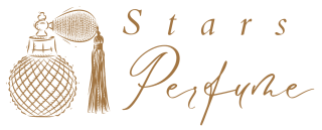
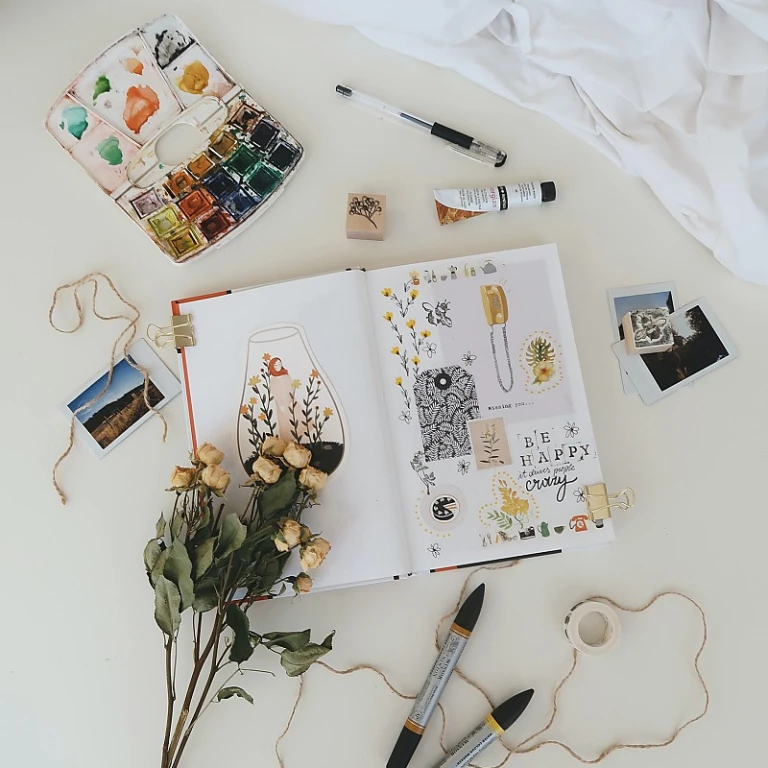
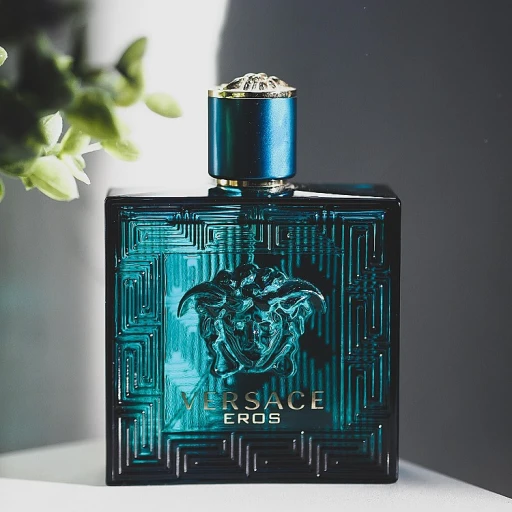
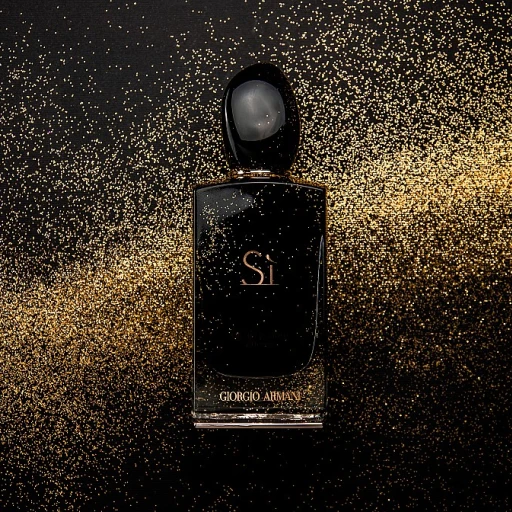
-large-teaser.webp)
